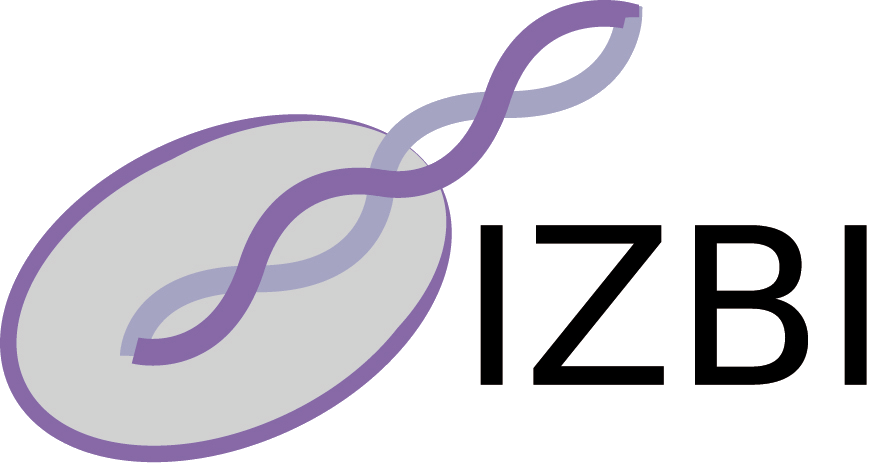Publications - Published papers
Please find below publications of our group. Currently, we list 565 papers. Some of the publications are in collaboration with the group of Sonja Prohaska and are also listed in the publication list for her individual group. Access to published papers ( ) is restricted to our local network and chosen collaborators.
If you have problems accessing electronic information, please let us know:
) is restricted to our local network and chosen collaborators.
If you have problems accessing electronic information, please let us know:
 ) is restricted to our local network and chosen collaborators.
If you have problems accessing electronic information, please let us know:
) is restricted to our local network and chosen collaborators.
If you have problems accessing electronic information, please let us know:©NOTICE: All papers are copyrighted by the authors; If you would like to use all or a portion of any paper, please contact the author.
Multiple Sequence Alignments of Partially Coding Nucleic Acid Sequences
Roman R. Stocsits, Ivo L. Hofacker, Claudia Fried, Peter F. Stadler
Download
Status: Published
BMC Bioinformatics 6: 160 [epub] (2005)
Abstract
<b>Background:</b><br/>
High quality sequence alignments of RNA and DNA sequences are an important prerequisite for the comparative analysis of genomic sequence data. Nucleic acid sequences, however, exhibit a much larger sequence heterogeneity compared to their encoded protein sequences due to the redundancy of the genetic code. It is desirable, therefore, to make use of the amino acid sequence when aligning coding nucleic acid sequences. In many cases, however, only a part of the sequence of interest is translated. On the other hand, overlapping reading frames may encode multiple alternative proteins, possibly with intermittent non-coding parts. Examples are, in particular, RNA virus genomes.<br/>
<b>Methods:</b><br/>
The standard scoring scheme for nucleic acid alignments can be extended to incorporate simultaneously information on translation products in one or more reading frames.<br/>
<b>Results:</b><br/>
Here we present a multiple alignment tool, codaln, that implements a combined nucleic acid plus amino acid scoring model for pairwise and progressive multiple alignments that allows arbitrary weighting for almost all scoring parameters. Resource requirements of codaln are comparable with those of standard tools such as ClustalW.<br/>
<b>Conclusions:</b><br/>
We demonstrate the applicability of codaln to various biologically relevant types of sequences (bacteriophage Levivirus and Vertebrate Hox clusters) and show that the combination of nucleic acid and amino acid sequence information leads to improved alignments. These, in turn, increase the performance of analysis tools that depend strictly on good input alignments such as methods for detecting conserved RNA secondary structure elements.<br/>
<b>Availability:</b><br/>
The source code and documentation may be downloaded from <a href="http://www.bioinf.uni-leipzig.de/Software/codaln/">http://www.bioinf.uni-leipzig.de/Software/codaln/</a> and <a href="http://www.tbi.univie.ac.at/~roman/Codaln/">http://www.tbi.univie.ac.at/~roman/Codaln/</a>.
Keywords
multiple sequence alignment, partially coding sequences, overlapping reading frames, RNA virus genomes, Hox genes















